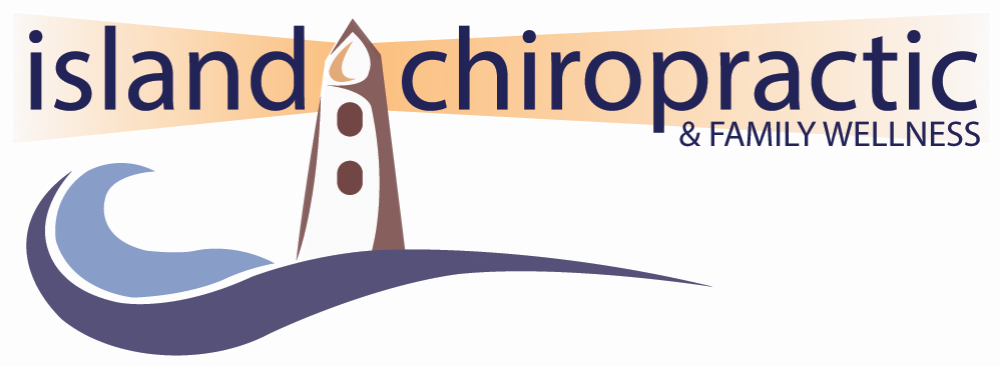Walking for Pain Relief
When your body is experiencing pain, you may find that you have a natural tendency to avoid certain movements. This may soon result in spending more time on the couch, in bed, or sitting in front of the computer. While it is important to rest and not overextend yourself, encouraging your body to move through discomfort and pain, so long as it can be tolerated, is necessary so that you do not cause further physical dysfunction. In fact, keeping your body mobile can actually decrease the aches and pains you experience.
Of course, some exercises may just be too painful for you, so you should listen to your body when necessary. Thankfully, low-impact activities, like walking for exercise, have been shown to drastically improve lower back pain, which has become increasingly more common. Walking can help you to stay mobile without putting extra stress on the structures of your lower back, including your spine.
While you are likely aware that walking is beneficial for health, let’s focus on a few reasons why:
1. Walking supports spinal structures. It does this by encouraging strong circulation and delivering nutrients to soft tissues.
2. Walking strengthens the muscles in your legs, hips, torso and feet. These muscles are activated during walking, and the stability of the spine is improved, as the body is kept in an upright position as it moves through space.
3. Improves range of motion and flexibility. Combined with gentle stretching, walking improves your coordination and helps to prevent future injury.
4. Walking strengthens your bones! Bones are living organisms that grow in accordance with the strains placed upon them, so walking is one of many ways that we can improve our bone health and density. This can help to prevent osteoporosis and also reduce the pain associated with osteoarthritis.
5. Walking improves your ability to engage in your daily activities pain-free, and reduces the likelihood and severity of future back pain.
If you know from experience that walking aggravates your condition, there are even more gentle exercises you can engage in, such as aqua jogging or deep-water aerobics in a swimming pool. These activities can reduce the compression on your lower back.
The moral of the story is: get moving! Find which movements you can engage in safely and comfortably, and make an effort to plan them so that they become a part of your every day routine. Regular, purposeful movement should soon become as automatic as brushing your teeth.
If you are experiencing more severe pain that you feel should be addressed sooner than later, a therapeutic massage followed by a chiropractic adjustment may be more immediately beneficial. Remember what we are always here to help — we truly have your back.
Maureen, RMT
To book a massage with Maureen click HERE

